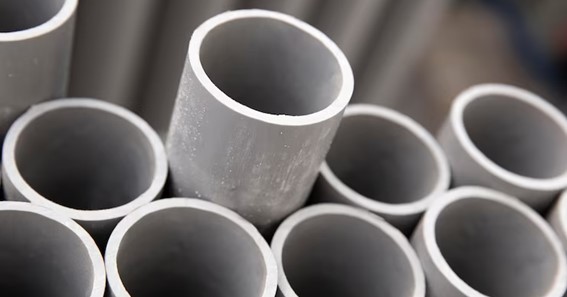Drain pipe relining is an innovative method of repairing drain pipes without excavation. This technology involves inserting special materials into existing pipes, creating a strong new lining, and increasing their lifespan while providing a reliable seal against leaks. In this article, we will explore the process of pipe relining and its various types, benefits, cost, and considerations for hiring a contractor.
Types of Pipe Relining
There are several types of pipe relining, each with its own advantages and disadvantages. One of the most common types is cured-in-place (CIPP) lining, which involves inserting an epoxy-resin saturated felt liner into the existing pipe through an access point. Once inside, hot water or steam is used to cure the resin, creating a strong new lining within the old piping system. CIPP lining can repair small cracks or replace outdated pipes without major excavation work. It is also cost-effective since it doesn’t require digging up old pipes for replacement, making it one of the most popular sewer repair methods. You can contact Drainsplus for drain pipe relining projects.
Benefits of Pipe Relining
Pipe relining is a cost-effective and time-saving method that offers numerous benefits. It can be completed in a fraction of the time traditional pipe replacement would take, making it ideal for busy households or businesses that need fast repairs with minimal disruption to their operations. It is also more affordable than traditional pipe replacement since there is no need to excavate or replace materials such as concrete or asphalt pavement, meaning fewer labor costs and less material waste. Moreover, relined pipes are extremely durable thanks to their seamless construction and high-quality materials used in their manufacture.
Process of Pipe Relining
The process of pipe relining starts with cleaning out any debris from the affected pipes using high-pressure water jets or other specialized equipment. This ensures that all existing blockages are removed before applying any new materials. Next, an epoxy resin is applied to the interior surface of the pipe with either a brush or spray gun, effectively creating a coating on top of the old material that seals off any holes or cracks present, preventing further damage. Once cured, this coating provides an effective barrier against corrosion caused by water seepage as well as other environmental factors. The next step involves inserting the liner, which is then inflated and cured in place, creating a strong new lining.
Cost of Pipe Relining
The cost of pipe relining varies depending on the type of material used and the complexity of the repairs needed. Generally, relining is less expensive than replacing an entire section of pipe since it does not require extensive excavation work. The most common type of reline material is epoxy resin, which can range from $100 to $200 per linear foot, with installation charges typically included in that price range. Other materials used for pipe relining include polyethylene liners and felt liners saturated in resins, which have their advantages and disadvantages.
Considerations for Hiring a Contractor for Drain Pipe Relining
When considering hiring a contractor for drain pipe relining, it’s important to choose a professional and experienced company. The contractor should be licensed, insured, and knowledgeable about the different types of pipe relining and materials used. It’s also essential to get a detailed estimate that includes all costs, such as equipment, labor, and materials. Finally, it’s important to check the contractor’s references and reviews to ensure that they have a good reputation for quality workmanship and customer service.
Conclusion
Pipe relining is an innovative and cost-effective method of repairing drain pipes without excavation. It offers numerous benefits, including time and cost savings, durability, and reliability. CIPP lining is one of the most common types of pipe relining, but there are also other materials available, such as polyethylene and felt liners. It can also be used in more complex projects such as replacing multiple sections of pipe along long lengths of pipeline. Drain pipe relining can help repair old pipelines without having to dig them up or replace them entirely.






